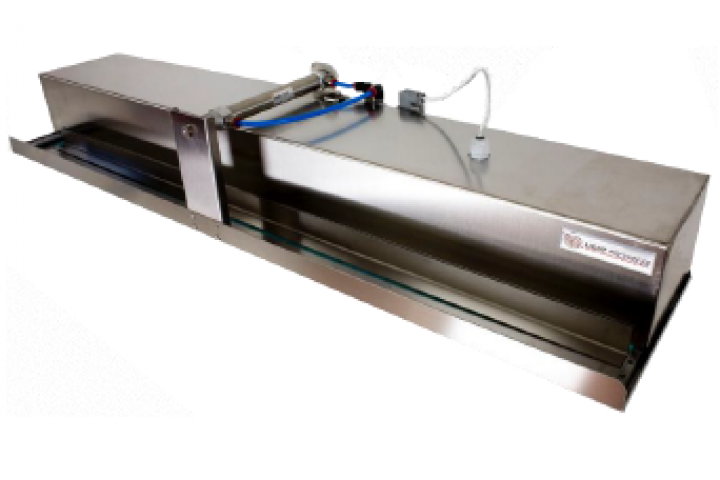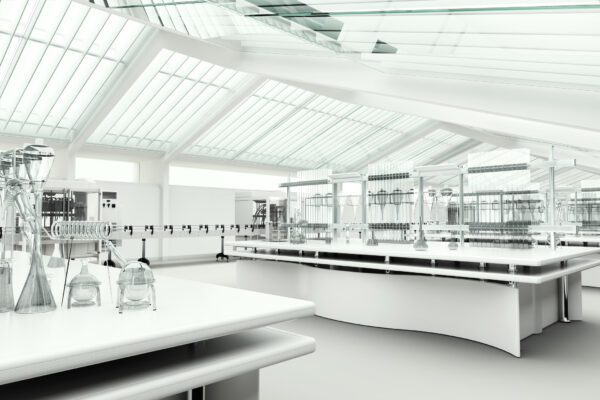UV Surface Disinfection Solutions: Enhancing Safety And Security and Hygiene in Any Environment
Unveiling the Conveniences of UV Disinfection: Making Sure Tidy and Sanitized Rooms
In the age of enhanced awareness surrounding health and tidiness, the significance of reliable sanitation techniques can not be overemphasized. While traditional cleaning techniques have long been depended upon, advancements in modern technology have actually introduced a cutting-edge remedy that guarantees clean and sterilized spaces: UV disinfection. By using the power of ultraviolet light, this technique has actually gotten recognition for its capability to get rid of unsafe microorganisms and give a detailed sanitization process. The benefits of UV disinfection prolong far past its efficiency. This discussion will explore the scientific research behind UV disinfection, its effectiveness on different virus, its applications in different setups, and the benefits it holds over traditional methods. In addition, we will dive into the safety and security factors to consider that need to be thought about when implementing UV sanitation. Prepare to reveal a new measurement of tidiness and uncover the untapped possibility of UV sanitation.

The Science Behind UV Disinfection
UV disinfection is a clinically tested technique that uses ultraviolet light to eliminate unsafe microbes from surfaces and water. The science behind UV disinfection exists in the capacity of UV-C light to damage the DNA and RNA of bacteria, rendering them incapable to duplicate and causing their eventual death. UV-C light drops within the wavelength series of 200 to 280 nanometers, which is highly effective in ruining microorganisms, viruses, and other pathogens.
When subjected to UV-C light, the hereditary product of microbes absorbs the energy from the light, resulting in the formation of thymine dimers. These dimers interrupt the regular duplication and transcription procedures of the microbes, inhibiting their ability to duplicate and survive (uv surface disinfection). The DNA and RNA damage triggered by UV-C light is lethal to the microorganisms, making UV disinfection a effective and reliable technique for eliminating a large variety of virus
UV sanitation is specifically beneficial in environments where conventional chemical disinfectants may be inefficient or unwise. It is a non-chemical approach that does not leave any residues or harmful spin-offs, making it secure for usage in food handling, healthcare facilities, water therapy plants, and numerous other industries. UV disinfection is environmentally pleasant, as it does not contribute to the development of antibiotic-resistant microorganisms or various other damaging pollutants.
Performance of UV Disinfection on Pathogens
The performance of UV sanitation in eliminating pathogens has actually been thoroughly researched and proven in many scientific researches. UV radiation has the capability to inactivate a vast variety of microorganisms, consisting of fungi, microorganisms, and infections, by harming their DNA or RNA. This avoids them from reproducing and causing infections.
One research study released in the American Journal of Infection Control located that UV sanitation was reliable in reducing the existence of numerous drug-resistant microorganisms in health center areas. One more research performed by the National Institute for Occupational Security and Wellness showed that UV sanitation was able to remove 99.9% of the influenza infection on surfaces.
UV disinfection has actually additionally shown pledge in combating the spread of healthcare-associated infections (HAIs) According to a study published in The Lancet, making use of UV-C light in addition to standard cleaning methods significantly decreased the occurrence of HAIs in a healthcare facility setup.
Furthermore, UV disinfection has actually confirmed to be effective against emerging microorganisms, such as the extreme acute breathing disorder coronavirus 2 (SARS-CoV-2), which causes COVID-19. A research study carried out by the National Arising Infectious Illness Laboratories showed that UV-C light can suspend the virus on surfaces within seconds.
Applications of UV Sanitation in Different Setups
With its tried and tested efficiency in removing pathogens, UV sanitation has located applications in a selection of setups. One of one of the most common locations where UV disinfection is made use of remains in healthcare facilities. UV modern technology is made use of to disinfect individual rooms, operating spaces, and various other high-touch surface areas, minimizing the risk of healthcare-associated infections. In addition, UV sanitation is also being carried out in food handling plants and dining establishments to make certain the safety of food and avoid the spread of foodborne diseases. UV sanitation is likewise beneficial in water treatment plants, where it is used to eliminate hazardous microorganisms and supply safe alcohol consumption water.
Another crucial application of UV sanitation impends purification sector. UV air purifiers are used in residential, business, and industrial setups to remove air-borne germs, infections, and mold spores. This modern technology is especially helpful in atmospheres where individuals are much more at risk to respiratory infections, such as healthcare facilities, colleges, and office structures.
Additionally, UV disinfection is increasingly being made use of in public transport systems, such as buses and trains, to maintain tidy and disinfected areas for passengers. UV light is employed to disinfect surfaces and air inside the lorries, reducing the threat of spreading out infectious illness.
Advantages of UV Disinfection Over Standard Methods
In comparison to traditional approaches, UV disinfection uses a variety of unique benefits that make it a more learn this here now effective selection in different markets and setups. One significant benefit is its effectiveness against a broad range of helpful site microorganisms, consisting of fungis, germs, and viruses. Unlike chemical anti-bacterials that may have limited effectiveness versus particular microorganisms, UV sanitation is a non-selective procedure that can eliminate or suspend a wide range of dangerous organisms.
An additional advantage of UV disinfection is its capacity to supply effective and quick sanitation. Conventional sanitation techniques often call for longer call times or several actions to attain the preferred degree of disinfection. In contrast, UV light can supply immediate and constant sanitation, decreasing downtime and enhancing performance in various applications.
UV disinfection also supplies a secure and eco-friendly choice to typical disinfection approaches. uv surface disinfection. Unlike chemical agents, UV light does not leave any type of dangerous deposits or by-products, making it suitable for usage in delicate settings such as food processing centers, healthcare setups, and water therapy plants
Furthermore, UV sanitation is an economical remedy in the lengthy run. While the in advance investment for UV disinfection systems may be greater than traditional approaches, the functional costs are generally reduced. UV lamps have a lengthy lifespan and require minimal upkeep, resulting in minimized labor and replacement costs.
Security Considerations for UV Sanitation
Taking into consideration the prospective risks related to UV sanitation, it is necessary to address the safety and security factors to consider entailed in applying this technology. UV disinfection uses ultraviolet light to kill or inactivate microorganisms, making it a reliable technique for disinfecting different surfaces and things. Nevertheless, it is necessary to understand that UV radiation can additionally position dangers to human wellness if appropriate precaution are not complied with.
First and foremost, direct exposure to UV you could try here radiation can create damage to the skin and eyes. Long term direct exposure can bring about sunburn, skin damage, and also an increased risk of developing skin cancer. Therefore, it is critical to guarantee that UV disinfection systems are effectively confined and geared up with safety attributes such as automated shut-off systems or motion sensing units to stop unexpected exposure.

Moreover, correct training and education are important for those responsible for operating UV disinfection systems. They ought to know the potential risks, comprehend the security procedures, and know just how to manage and maintain the devices correctly.
Final Thought
UV disinfection can be used in numerous setups, including healthcare centers, food processing plants, and water therapy systems. Contrasted to typical techniques, UV sanitation has benefits such as faster sanitation times, marginal chemical use, and no hazardous by-products.
UV sanitation is a clinically tried and tested approach that makes use of ultraviolet light to remove hazardous bacteria from surface areas and water. The DNA and RNA damages created by UV-C light is lethal to the microorganisms, making UV disinfection a trusted and effective method for killing a large array of virus.
Another advantage of UV sanitation is its capability to provide effective and quick disinfection. UV disinfection uses ultraviolet light to kill or inactivate microorganisms, making it an efficient method for sanitizing various surface areas and things. Compared to conventional methods, UV sanitation has benefits such as faster disinfection times, very little chemical usage, and no damaging by-products.